News
Russia bans driftnet fishing, a reprieve for seabirds and marine mammals
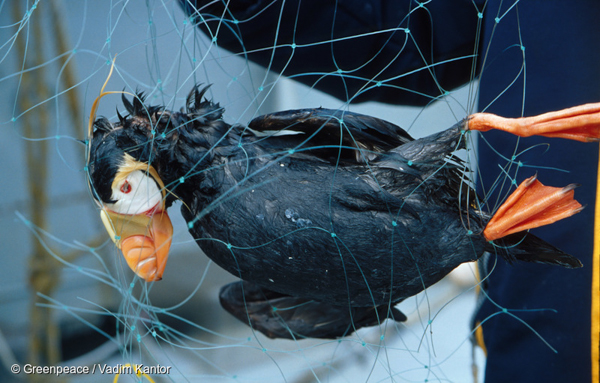
On July 1, President Vladimir Putin signed a bill into law banning driftnet fishing in Russian waters.
Driftnets, floating walls of net that are nearly invisible underwater, can be 12 meters high and many kilometers long. They are a kind of gillnet, a mesh that captures fish by the gills, and are primarily used to target large schools of fish. But driftnets are notorious for trapping unintended marine life, including porpoises, dolphins, sea turtles, and an estimated 400,000 seabirds around the world each year, according to the conservation group Birdlife International. Their use has been banned or restricted in many countries territorial waters, and was banned on the high seas in 1992.
In Russia, driftnets are used by Russian and Japanese fishers to capture salmon in the country’s Far East. The ban was reportedly intended in part to make more fish available to Russia’s coastal salmon fishermen, who employ other fishing methods but whose catches have dropped as a result of driftnetting. It will take effect in January, 2016.
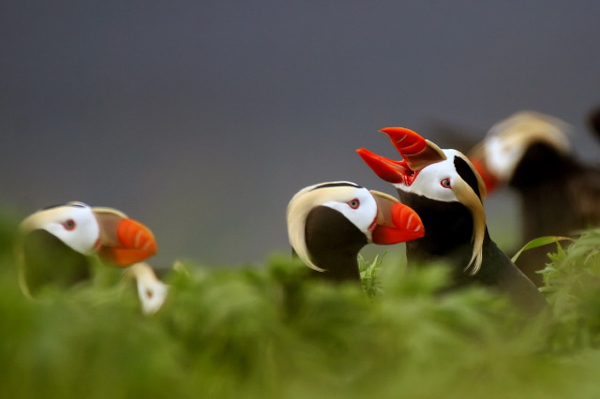
Tufted puffins in the Alaska Maritime National Wildlife Refuge. The species is commonly caught in driftnet salmon fishing gear in the waters off Russia’s far eastern shore. Photo credit: Steve Ebbert, USFWS.
BirdLife International estimates that 140,000 seabirds become trapped and die in driftnets each year in the region, the highest toll of any region globally. Heavily hit species include tufted puffins (Fratercula cirrhata), short-tailed shearwaters (Ardenna tenuirostris), thick-billed murres (Uria lomvia), and crested auklets (Aethia cristatella).
Marine mammals that will benefit from the ban include strikingly marked Dall’s porpoises (Phocoenoides dalli) and ribbon seals (Histriophoca fasciata), as well as Pacific white-sided dolphins (Lagenorhynchus obliquidens), according to the group.
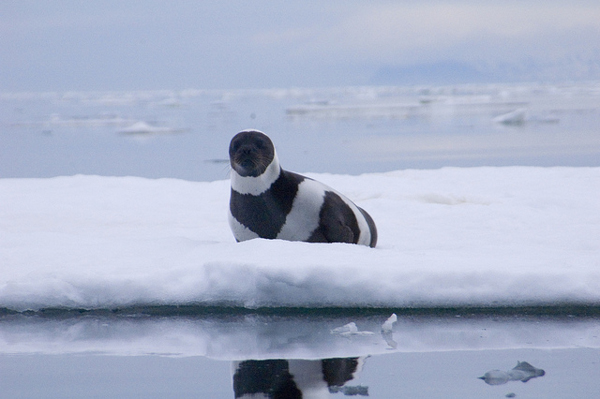
An adult male ribbon seal in eastern Russia’s Ozernoy Gulf. Ribbon seals and other marine mammals can become entangled and drown in driftnet fishing gear. Photo credit: Michael Cameron, NOAA/NMFS/AKFSC/NMML.
“The banning of these huge nets in Russian waters is fantastic for an array of wildlife in the northwest Pacific and we support the closure of a fishery with such severe collateral damage to marine wildlife,” said Cleo Small, Head of BirdLife’s Marine Programme, in a statement.
 Thick-billed murres, another seabird species often caught in driftnet salmon-fishing gear in Russia waters. Photo credit: Josh Keaton, NOAA/NMFS/AKRO/SFD. |
Other environmental advocates are hailing the ban, as well. “The ban on driftnet fishingl [sic] is a big win for anyone who cares about the conservation of birds, salmon and porpoises in the Russian Far East,” Sergey Korostelev, the Marine Program Coordinator of WWF’s Kamchatka Bering Sea Ecoregional Office, said in a statement. The group has advocated for such a ban for many years.
The ban has reportedly strained relations between Russia and Japan, whose fishermen, particularly from the northern island of Hokkaido, have fished salmon with driftnets in Russian waters since the 1990s.
Japan’s Chief Cabinet Secretary Yoshihide Suga stated last week at a press conference that the law “gives rise to the utmost regret,” according to The Moscow Times. It and other outlets have reported that the ban will cost Japan $200 million.
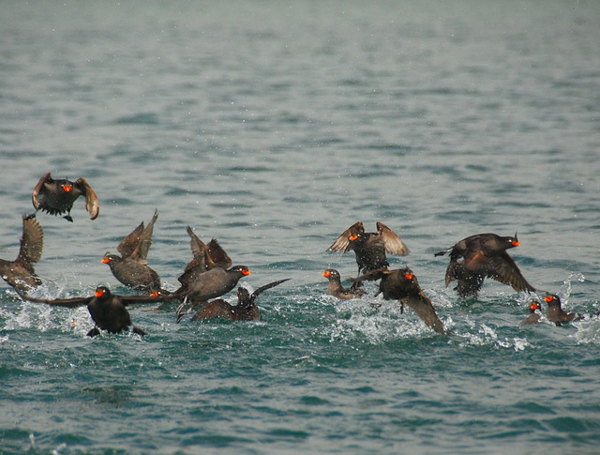
Crested Auklets in Russia’s Kuril Islands. Photo credit: Austronesian Expeditions.
Article by Rebecca Kessler. Republished courtesy of Mongabay.org.
Gear News
Go anywhere with Stahlsac
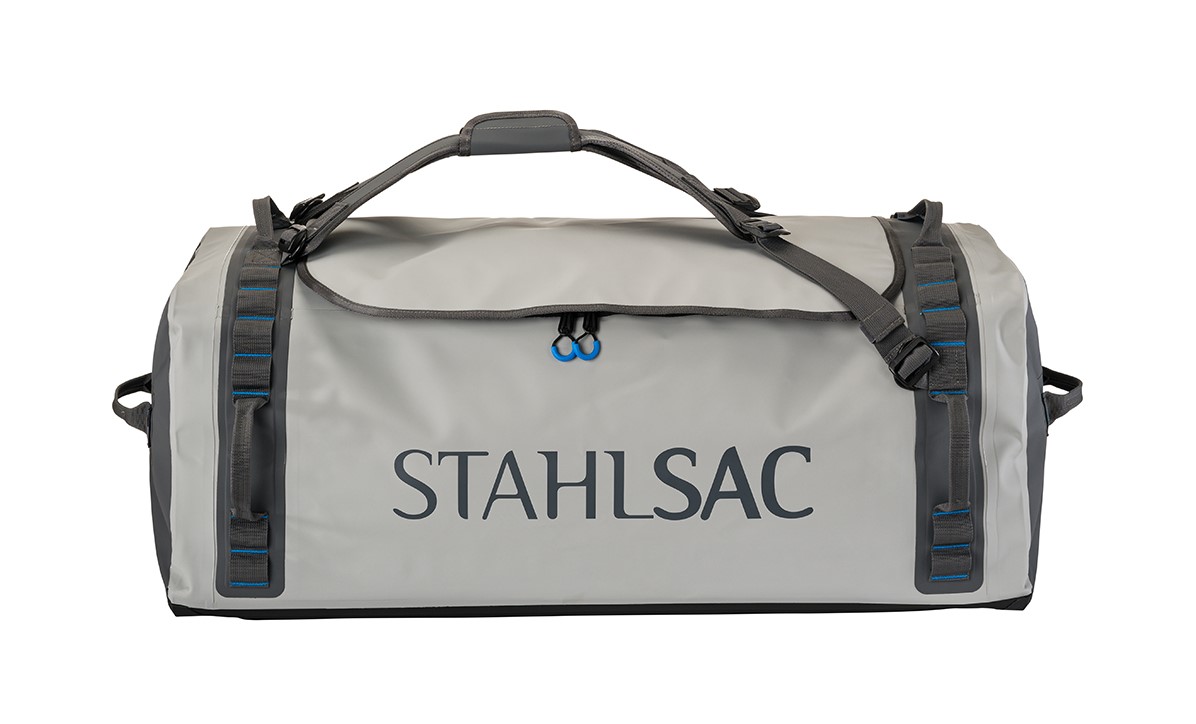
Stahlsac dive bags and travel luggage are built for our community of divers, surfers, kayakers and outdoor explorers who need bags that are constructed with durability, toughness, and 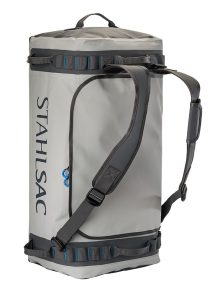 the highest quality the industry has ever seen. We were founded by one man determined to build better watersports and dive bags, and today, that mission is carried on by many. Adventure doesn’t just present itself; it requires discovery. When we design dive bags, we make sure they are tough enough for you to explore in all conditions—warm and cold, wet and dry—to the nearest and farthest reaches of the earth. And for those times you want to push the boundaries of adventure, Stahlsac dive bags make sure you can truly GO ANYWHERE.
the highest quality the industry has ever seen. We were founded by one man determined to build better watersports and dive bags, and today, that mission is carried on by many. Adventure doesn’t just present itself; it requires discovery. When we design dive bags, we make sure they are tough enough for you to explore in all conditions—warm and cold, wet and dry—to the nearest and farthest reaches of the earth. And for those times you want to push the boundaries of adventure, Stahlsac dive bags make sure you can truly GO ANYWHERE.
Abyss Duffels
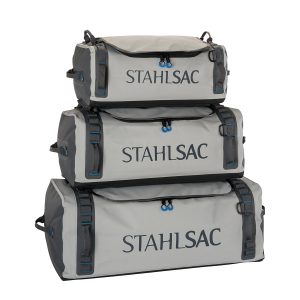 Made to be your partner-in-crime on every adventure, Stahlsac’s Abyss Duffels protects your gear from Mother Nature’s worst. Tough and 100% waterproof with double-TPU nylon material that shrugs off daily wear-and-tear, and RF-welded seams further boost the bag’s potential for lifelong exploring. Get Wet. Get Lost. Go Anywhere with Abyss.
Made to be your partner-in-crime on every adventure, Stahlsac’s Abyss Duffels protects your gear from Mother Nature’s worst. Tough and 100% waterproof with double-TPU nylon material that shrugs off daily wear-and-tear, and RF-welded seams further boost the bag’s potential for lifelong exploring. Get Wet. Get Lost. Go Anywhere with Abyss.
- A weatherproof duffel for trips, travel, and adventure
- Ultra-durable double-TPU nylon protects your gear
- Material repels water and keeps your equipment dry
- RF-welded seams are flush, tough, and waterproof
- Removable straps transform duffel into backpack
- Zippered internal stow compartments carry essentials
- External zippered flap is easy to open and close
- Welded external handles make transporting a breeze
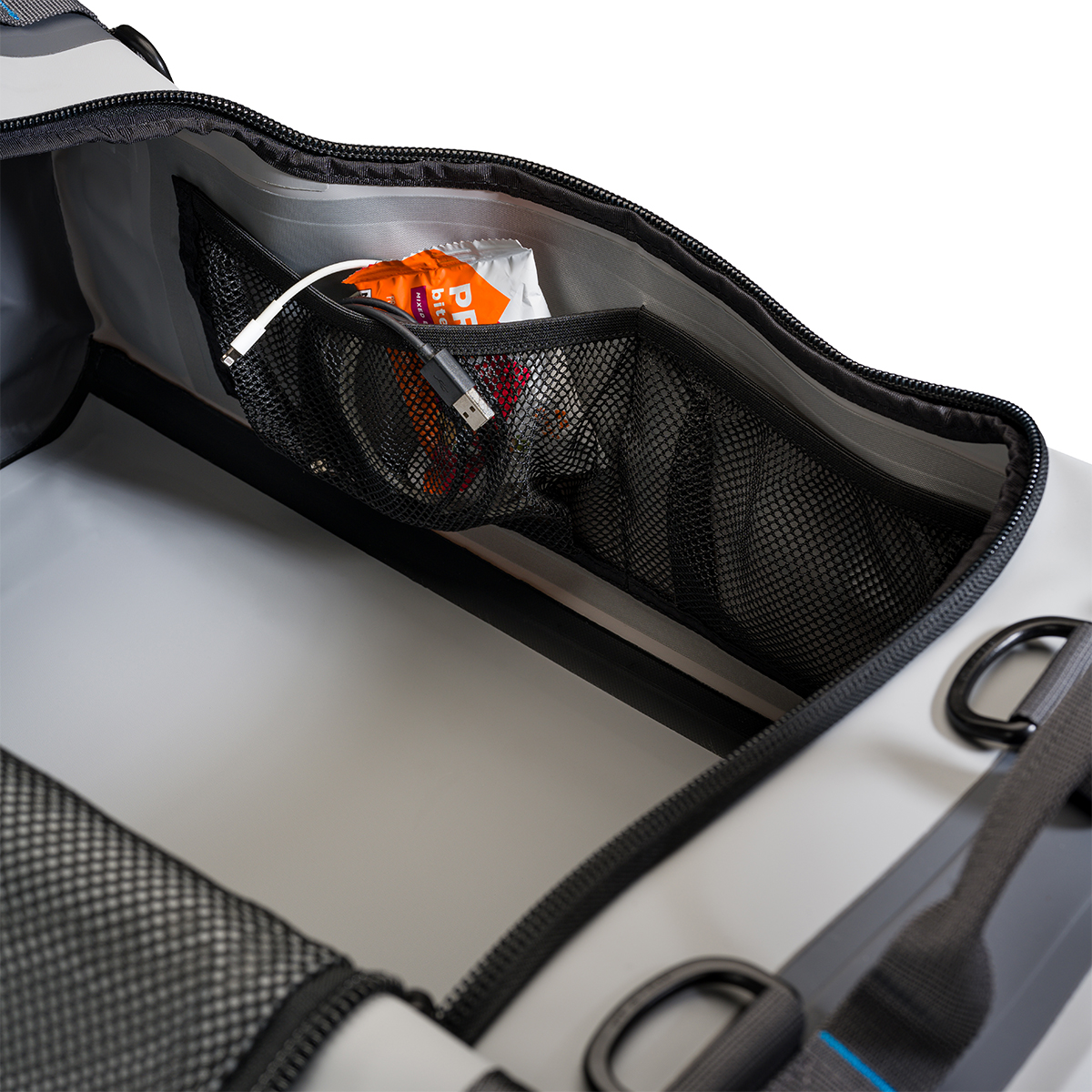
Panama Mesh Backpack
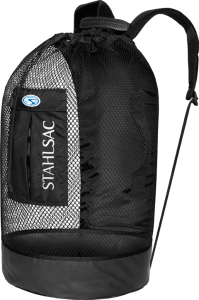 The most copied design in scuba diving, the Stahlsac Panama Mesh Backpack is the “original” design and features two high-density foam padded shoulder straps, extra durable polyester mesh, duffel bag handles and our unique zippered dry pocket inside that combines with a wet pocket outside. The bottom’s built from reinforced 18-gauge PVC nylon to combat the wear and tear of your active coastal lifestyle, and, as a bonus in every bag, we supply a 12″ x 12″ mesh drawstring satchel for extra stowing utility. Pack up your beach kit and go.
The most copied design in scuba diving, the Stahlsac Panama Mesh Backpack is the “original” design and features two high-density foam padded shoulder straps, extra durable polyester mesh, duffel bag handles and our unique zippered dry pocket inside that combines with a wet pocket outside. The bottom’s built from reinforced 18-gauge PVC nylon to combat the wear and tear of your active coastal lifestyle, and, as a bonus in every bag, we supply a 12″ x 12″ mesh drawstring satchel for extra stowing utility. Pack up your beach kit and go.
- Density foam padded shoulder straps
- Outside wet/dry pockets
- 2 Carry handles
- Tough, snag-resistant polyester mesh
- Reinforced PVC bottom
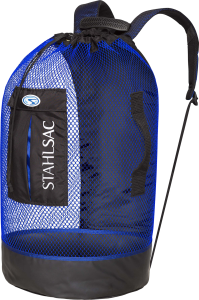
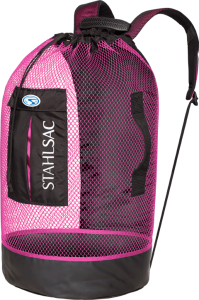
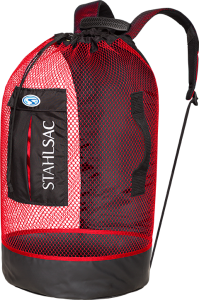
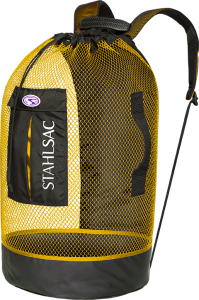
For more information about Stahlsac bags, visit www.stahlsac.com/dive-bags.
Sea & Sea is the home of Stahlsac and other leading diving brands in the UK.
Blogs
EXCLUSIVE: Jeff Goodman interviews Mark Spiers, CEO of New Scuba Diving Training Agency NovoScuba

In a video recorded exclusively for Scubaverse.com, Jeff Goodman interviews Mark Spiers, CEO of new scuba diving training agency NovoScuba.
Find out more about NovoScuba at www.novoscuba.com.
-

 News3 months ago
News3 months agoCapturing Critters in Lembeh Underwater Photography Workshop 2024: Event Roundup
-

 Marine Life & Conservation Blogs3 months ago
Marine Life & Conservation Blogs3 months agoCreature Feature: Swell Sharks
-

 Blogs2 months ago
Blogs2 months agoMurex Resorts: Passport to Paradise!
-

 Blogs2 months ago
Blogs2 months agoDiver Discovering Whale Skeletons Beneath Ice Judged World’s Best Underwater Photograph
-

 Gear Reviews3 weeks ago
Gear Reviews3 weeks agoGEAR REVIEW – Revolutionising Diving Comfort: The Sharkskin T2 Chillproof Suit
-

 Gear Reviews3 months ago
Gear Reviews3 months agoGear Review: Oceanic+ Dive Housing for iPhone
-

 News2 months ago
News2 months agoPADI Teams Up with Wellness Brand Neuro to Drive Ocean Change and Create a Blue State of Mind
-

 Marine Life & Conservation2 months ago
Marine Life & Conservation2 months agoSave the Manatee Club launches brand new webcams at Silver Springs State Park, Florida

















